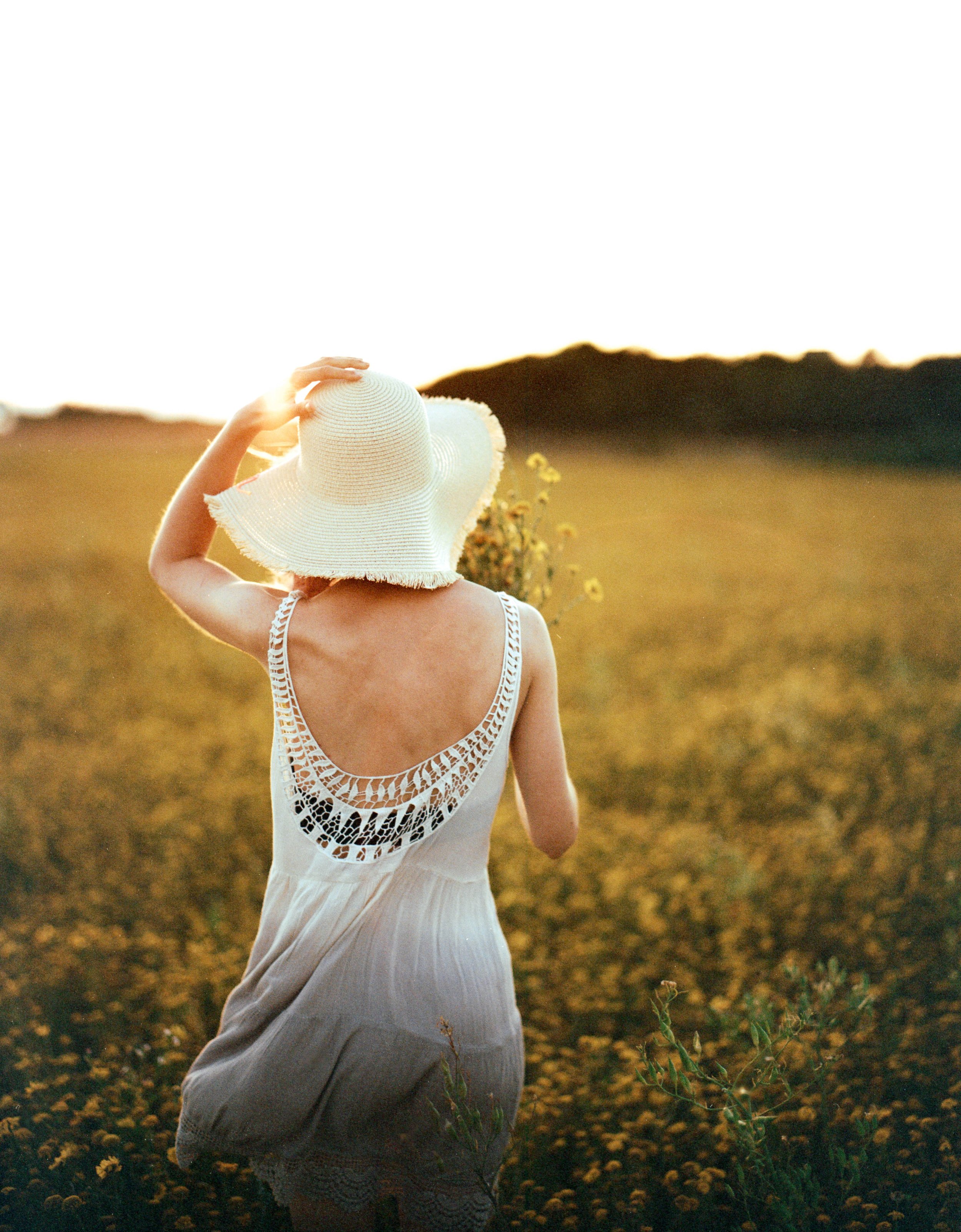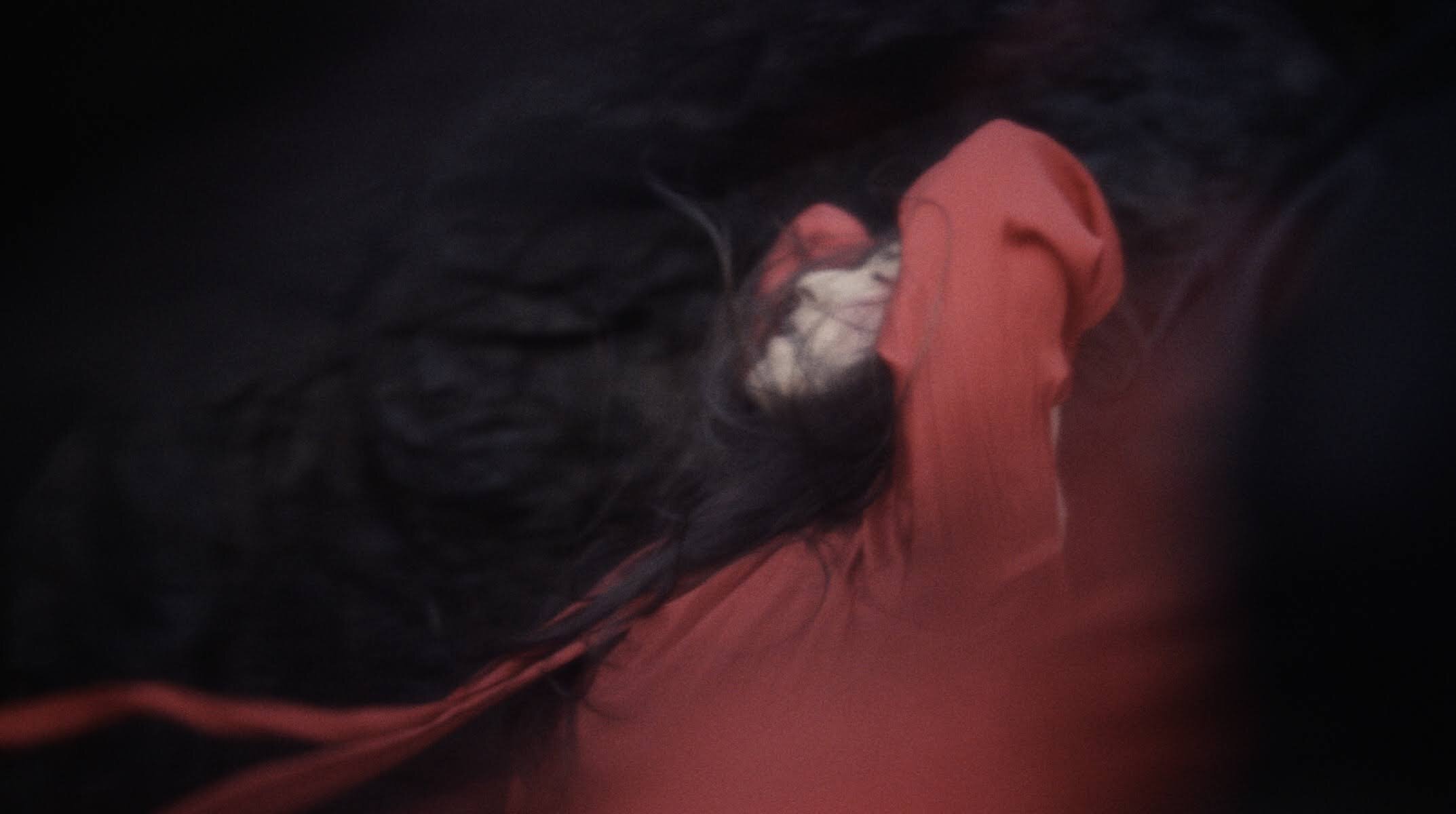Crafting Emotion, Not Perfection
Photography, for me, has always been about more than technical perfection. Sure, there’s a time and place for precision—pin-sharp focus, flawless lighting, everything meticulously composed when a client asks for it, It’s what i deliver, but my real love has always been the moments that feel a little less polished and a lot more alive.
Lately, I’ve been thinking about why this resonates so deeply with me—why I’m drawn to the smudges, the motion blur, the textures that are messy in the most intentional way. It’s not a new direction for my work, but one I’ve leaned into more consciously as I’ve always experimented with film photography, creative filters, and techniques that embrace the imperfect.
Take Theo Gosselin’s (@theogosselin) photography. His work feels like stepping into a fleeting moment—soft, intimate, and rich with emotion. You’ll see the glow of the golden hour, grainy textures, and a certain nostalgia that feels like a memory instead of a photo. His images aren’t about hyper-polish or clinical sharpness. They’re about connection.
Or look at Oswaldo Cepeda’s (@moodydarkroom) distinct, high-energy aesthetic. The gritty textures, vivid color palettes, and the playful yet raw use of hard flash and color in his portraits create an unapologetically visceral vibe. His work feels alive, filled with a kind of chaos that invites you to feel the moment rather than simply observe it.
Both artists create work that resonates with me because it’s not about perfection—it’s about mood, energy, and honesty. That’s the approach I try to bring to my photography and video.
Eloise Fabbri - Trust You -Music Video By Elliott Mariess
Why Imperfection Feels So Right
We live in a world of polished visuals. Cameras now produce hyper-detailed resolutions, AI generates flawless compositions, and CGI creates seamless realities. It’s all impressive, but when everything is perfect, doesn’t it start to feel a little… bland? routine? sterile? boring?
Photography by Elliott Mariess
That’s where imperfection comes in. A raw, messy image cuts through the noise of perfection. It demands your attention in a different way, making you feel something. Whether it’s a streak of motion blur, a prism flare that fractures the light, or the soft grain of film, these “flaws” are anything but accidental. They’re choices. They’re about mood and emotion, not just how something looks but how it feels.
Photography by Elliott Mariess
This is why film photography has remained such a constant in my work. Its unpredictable nature—grain, light leaks, and all—brings a tactile quality to images that digital perfection can’t replicate. And it’s not just about film. Tools like Prism Lens FX filters let me soften an image or create painterly distortions. Long shutter speeds capture movement in a way that feels surreal, and hard flash strips away the “pretty” in favor of something gritty and raw.
These aren’t just techniques—they’re ways to push beyond documenting a scene and start telling a story.
Photography by Elliott Mariess
Choosing the Right Style for the Story
That’s not to say I’ve abandoned polished photography. Far from it. There are times when clean, precise visuals are exactly what’s needed. Weddings, for instance, call for timeless, elegant images. These moments deserve to be captured with care, showcasing the beauty and joy of the day.
But even within these more traditional formats, I find myself drawn to the in-between moments—the quick laugh, the slightly blurred motion of a couple dancing, or the softness of a fleeting glance. These moments might not be technically perfect, but they’re full of life, and that’s where the magic lies.
Guernsey wedding photography
Guernsey wedding photography
Guernsey wedding photography
When I work with artists, musicians, or on creative projects like music videos, I get to lean even further into imperfection. These shoots are where I feel most free to experiment—using film, filters, long exposures, or hard flash to create something gritty, abstract, or surreal. It’s about capturing the personality of the subject or the energy of the scene in a way that feels less about accuracy and more about emotion.
Nessi Gomes - Anyone Can Sing -Music Video By Elliott Mariess
The Art of Imperfection
There’s a long history of imperfection in art. Back in the Renaissance, painters like da Vinci, Vermeer and Caravaggio chased realism with astonishing precision. But when photography came along, it forced painters to rethink their role. They began asking, What can we do that photography can’t?
By Johannes Vermeer - www.mauritshuis.nl
That’s when Impressionism was born. Monet, Degas, and Van Gogh weren’t interested in how a sunrise looked—they wanted to show how it felt. They abandoned polished precision for texture, mood, and energy. Their work wasn’t about perfection; it was about experience.
By Claude Monet - The Yorck Project (2002)
Photography by Elliott Mariess
I think we’re seeing a similar moment now in photography. As AI and technology push visual perfection to new extremes, the question becomes: What can we, as artists, do that machines can’t? For me, the answer lies in the human touch—in the choices we make to create something raw, emotional, and deeply personal.
Photography by Elliott Mariess
What can we, as
artists, do that
machines can’t?
Photography by Elliott Mariess
Why This Matters to Me
When I look at the body of work I’ve created over the years, it’s not the most “perfect” shots that stick with me. It’s the ones with intentional imperfections—the ones that feel painterly, abstract, or even chaotic. A blurred motion shot that captures the energy of a musician mid-performance. A film portrait with soft light and grain that looks more like a memory than a photograph. A hard flash image that feels gritty and unapologetic.
Photography by Elliott Mariess
These are the images that resonate with me because they’re not just about showing what something looked like; they’re about showing what it felt like.
So, whether I’m shooting a wedding, a portrait session, or a music video, I’m always asking: What story am I telling? Sometimes the answer is clean and polished. Sometimes it’s raw and messy. And sometimes, it’s somewhere in between. But no matter what, the goal is always the same: to create something that feels human, honest, and alive.
Because in the end, that’s what photography is all about—not just capturing a moment, but creating a connection.
Photography by Elliott Mariess
A portrait is not made in the
camera but on either side of it.
- Edward Steichen












